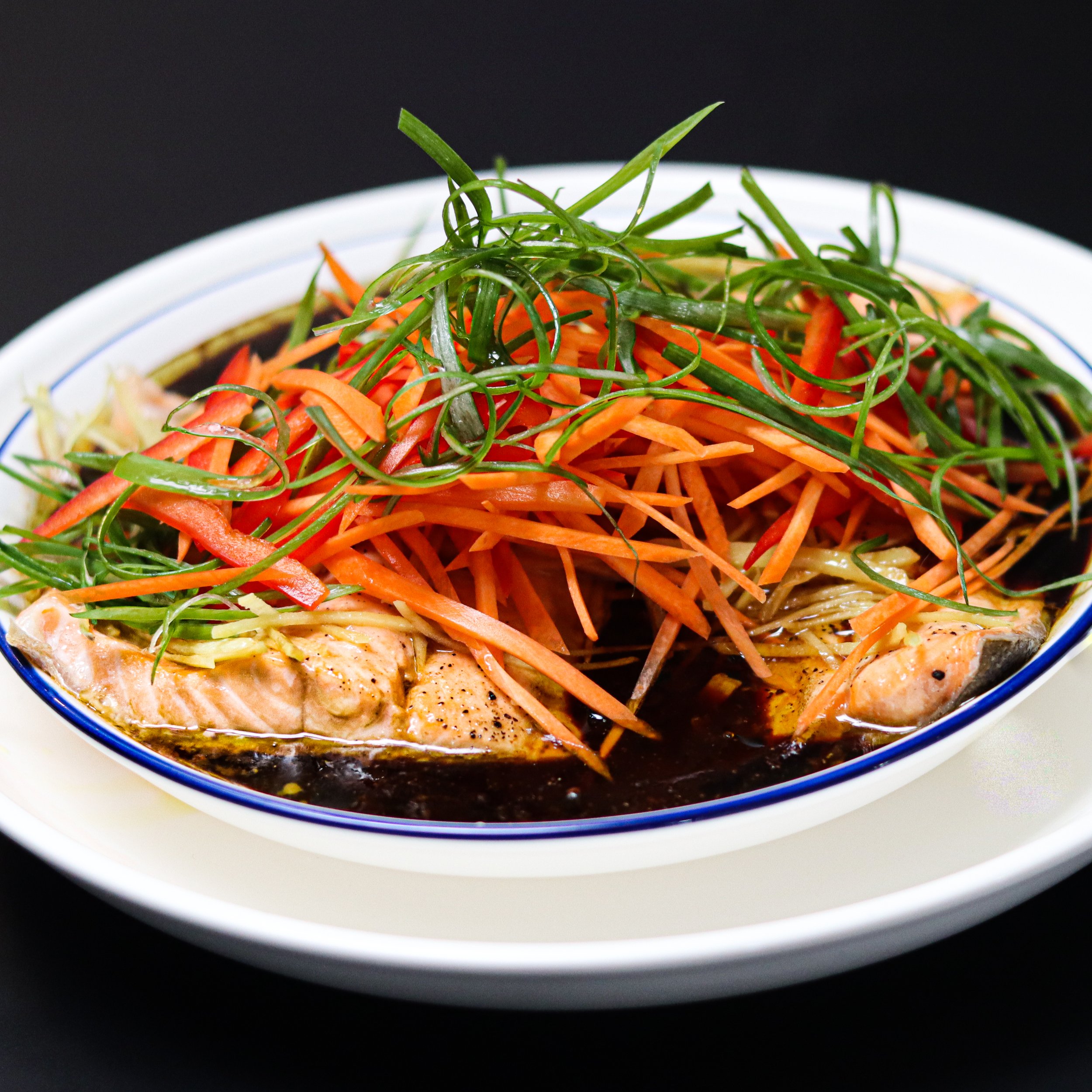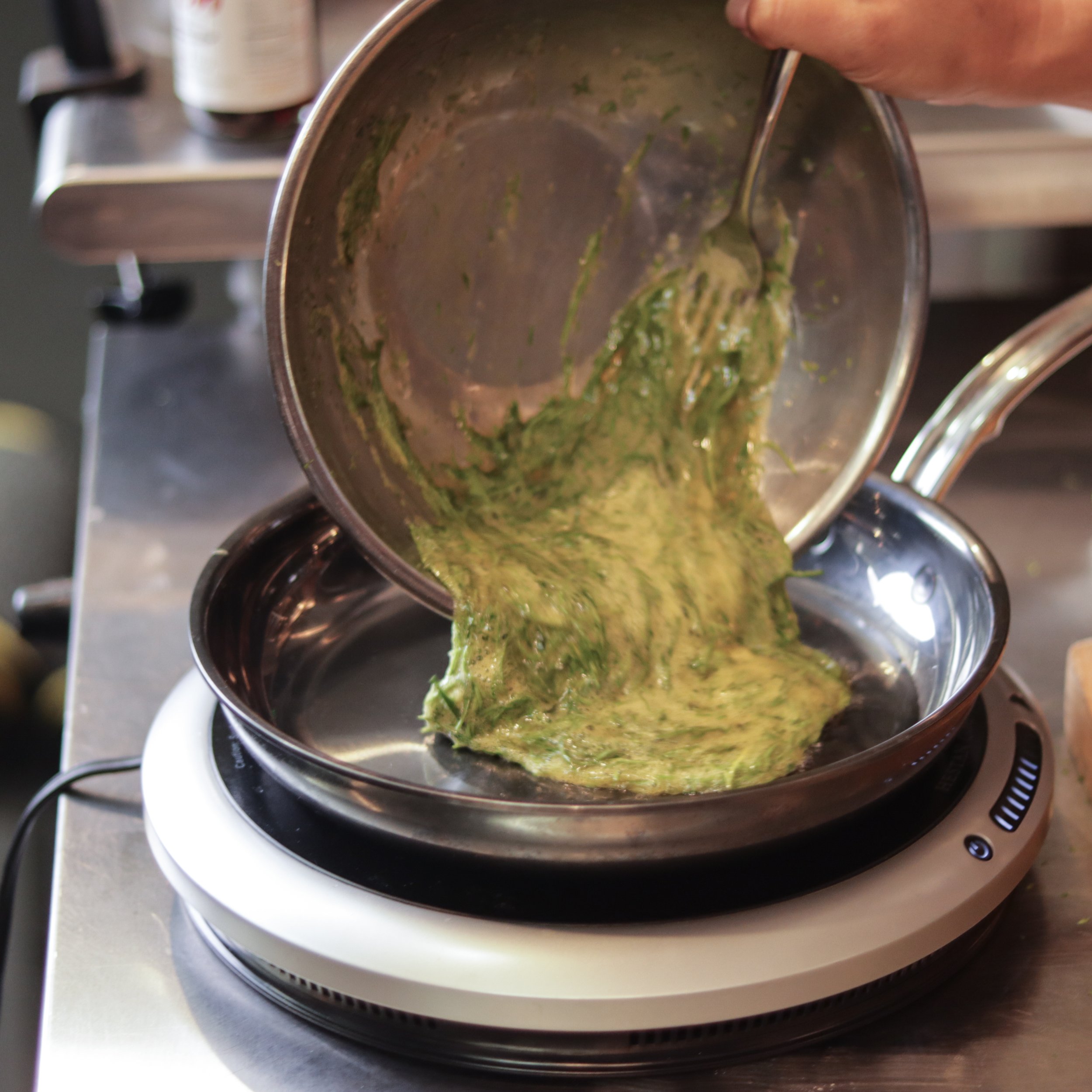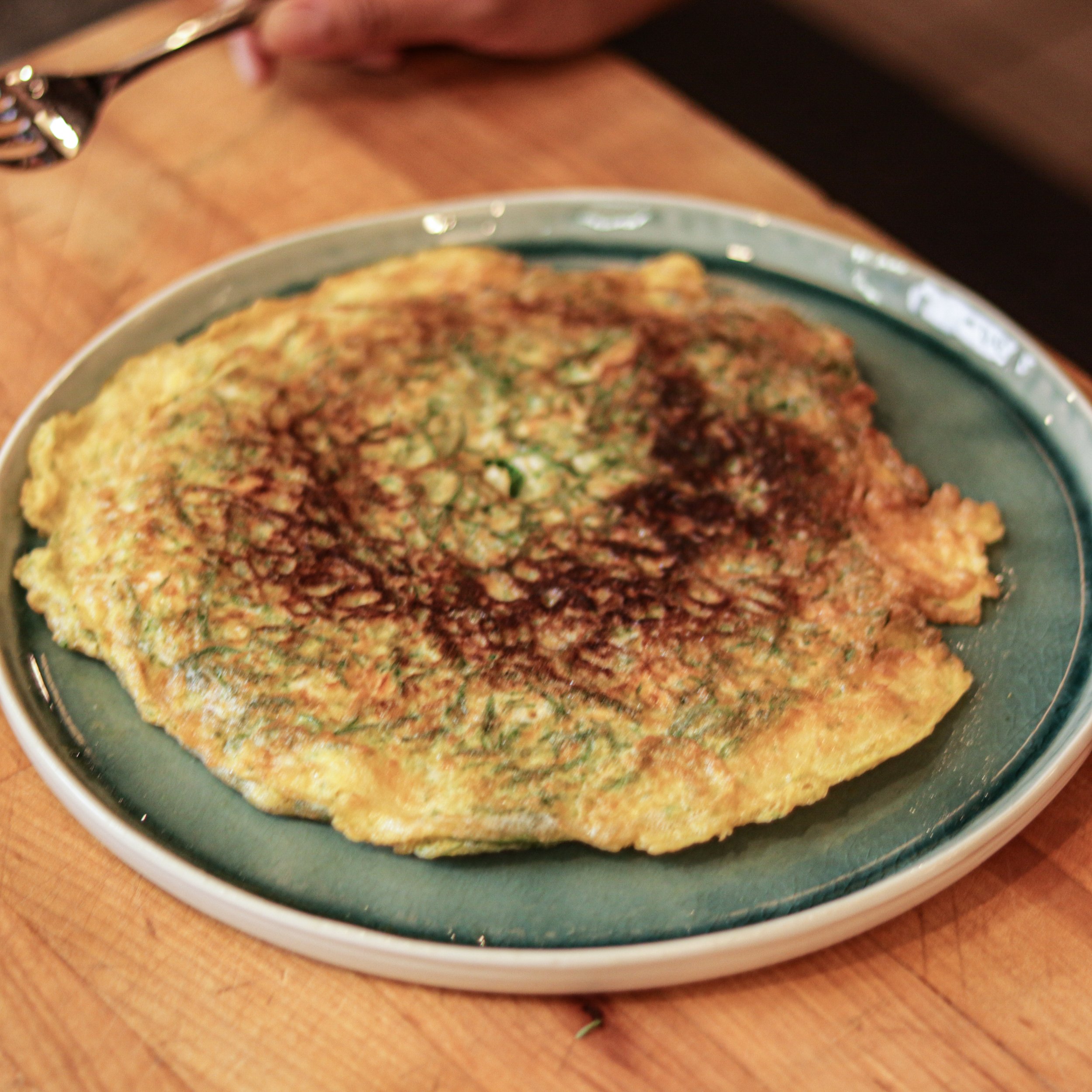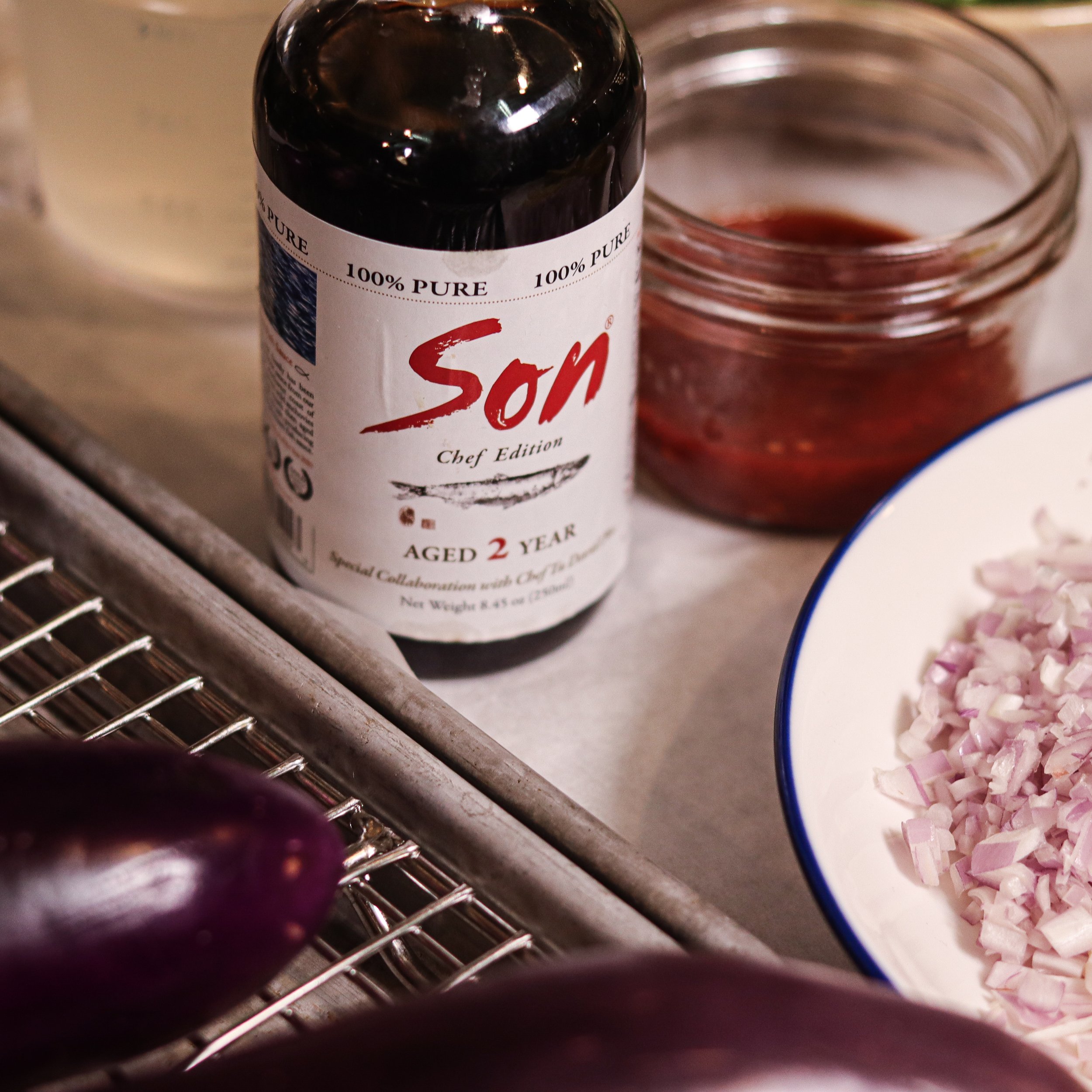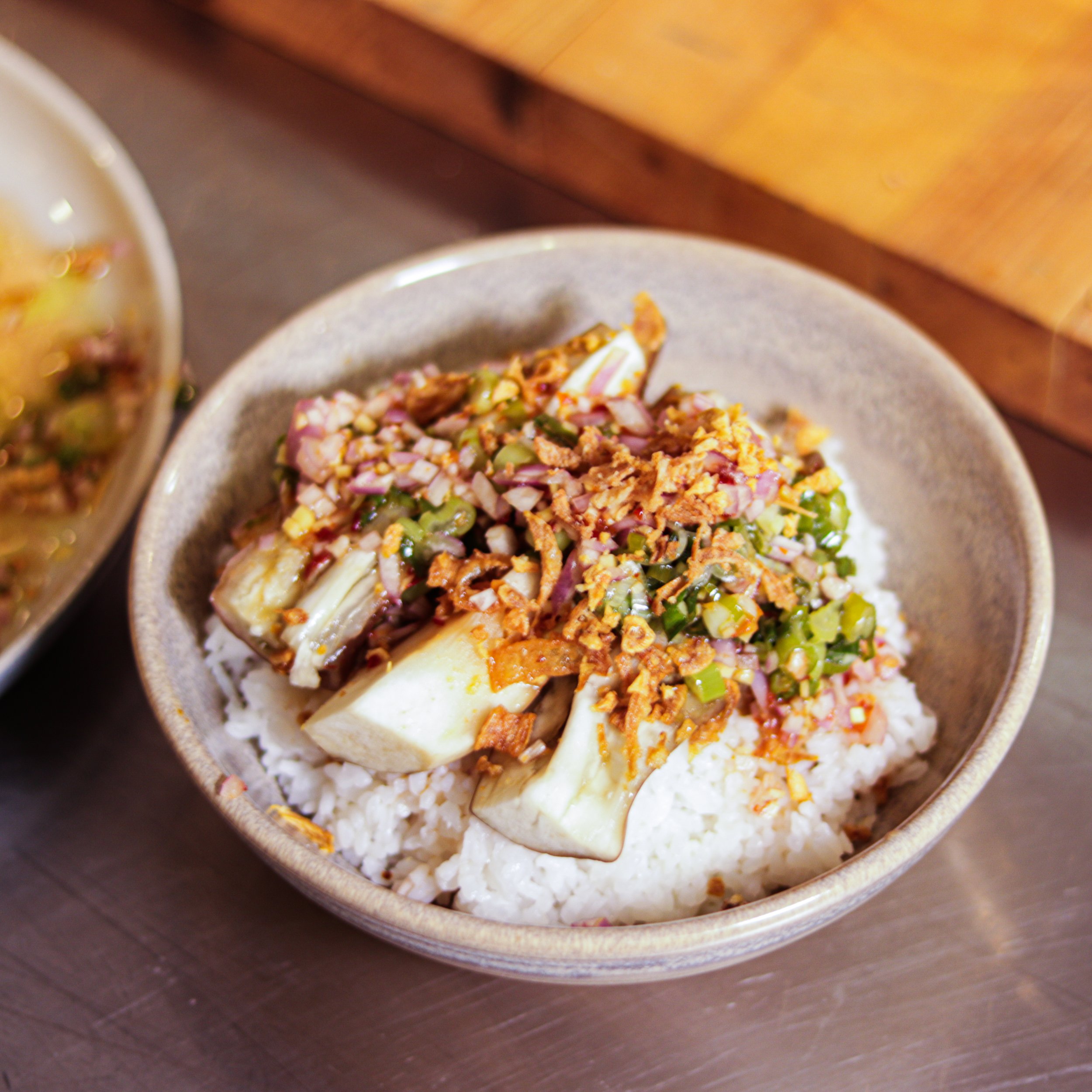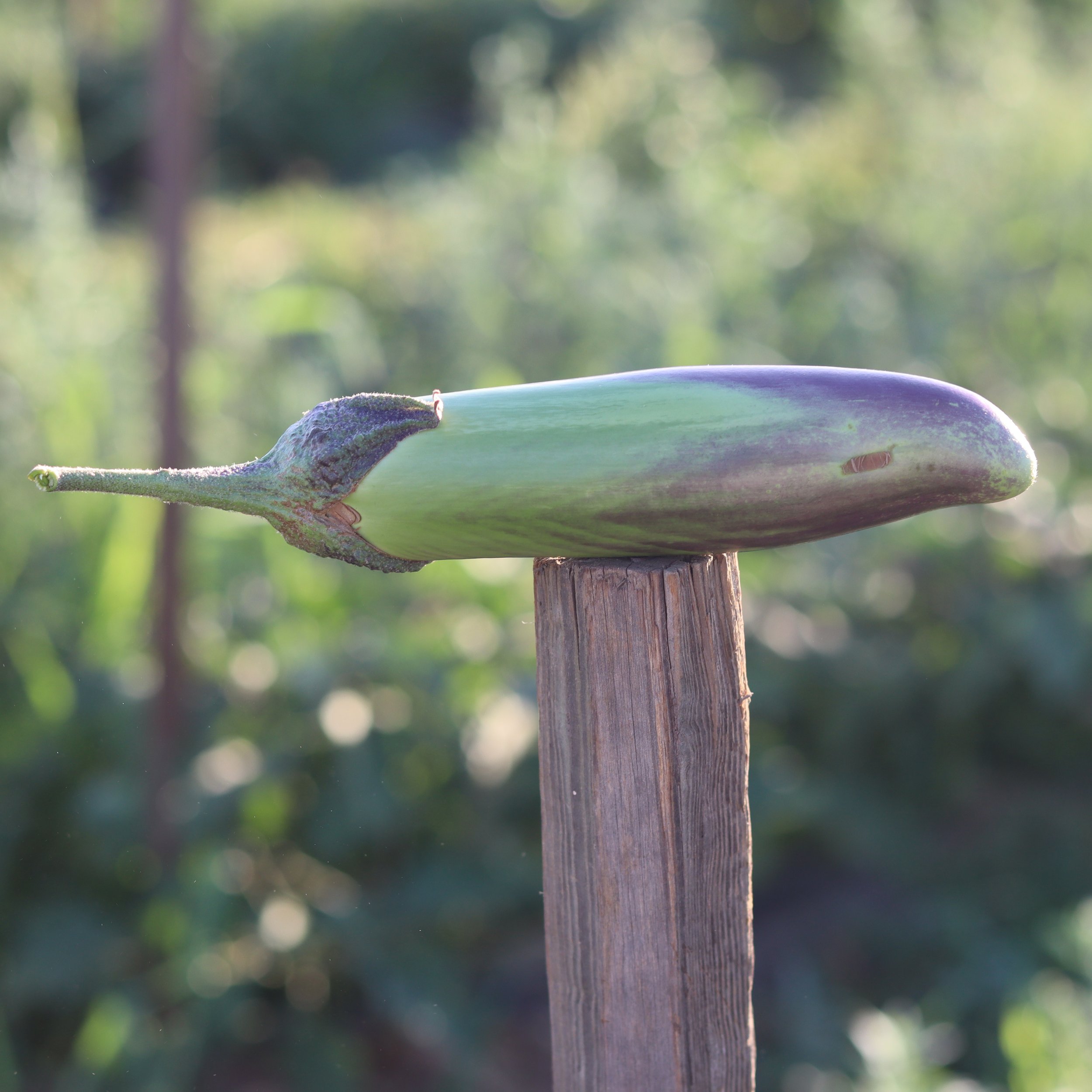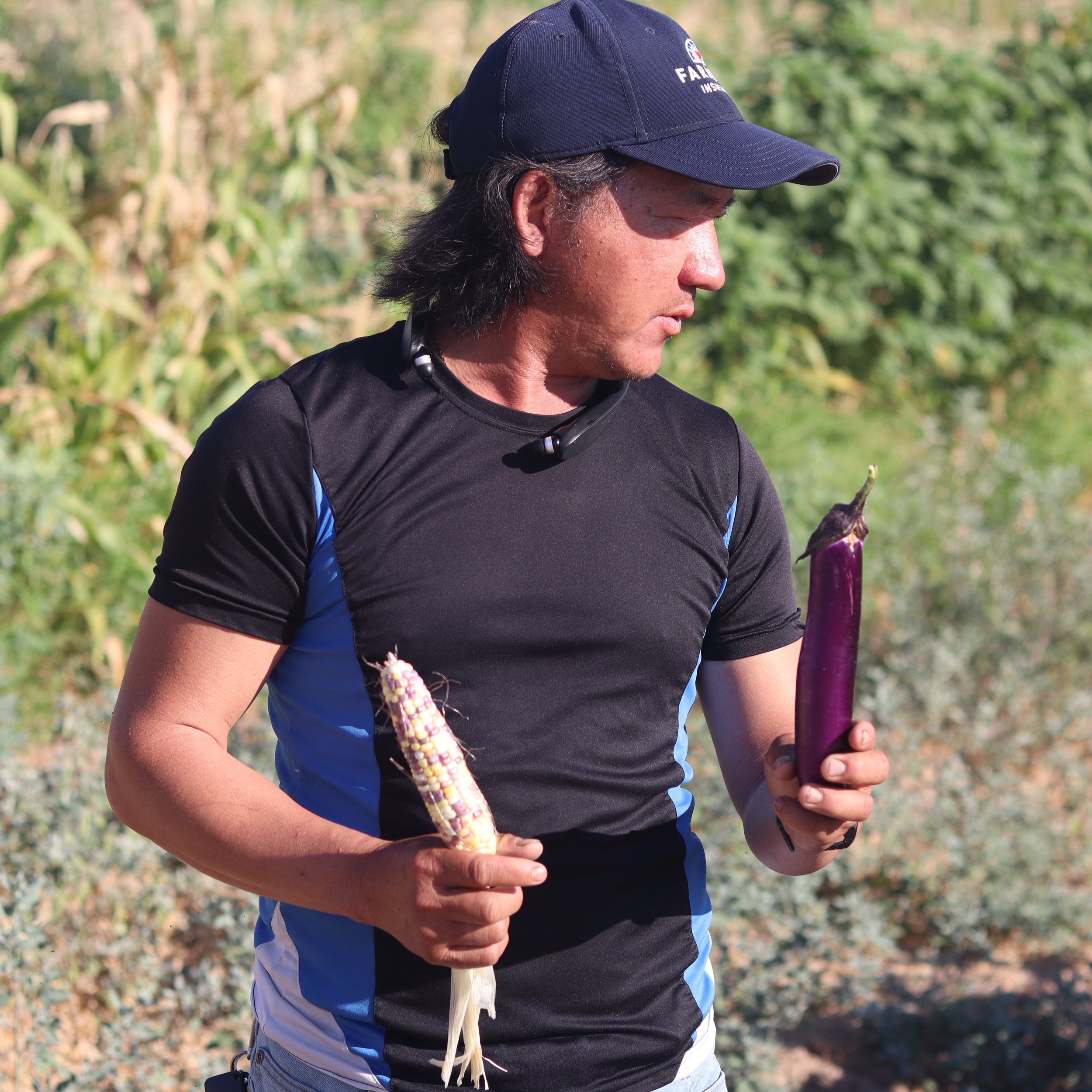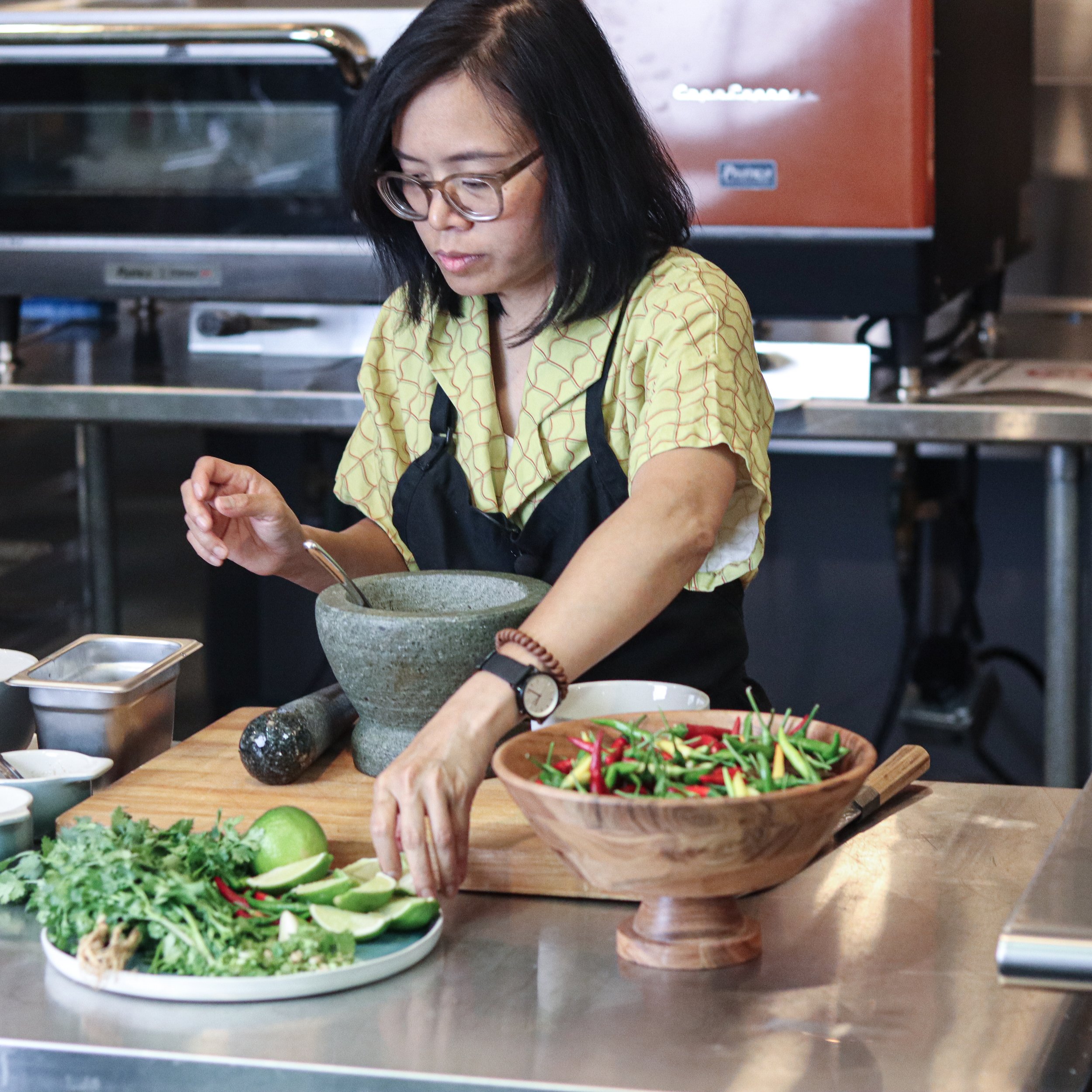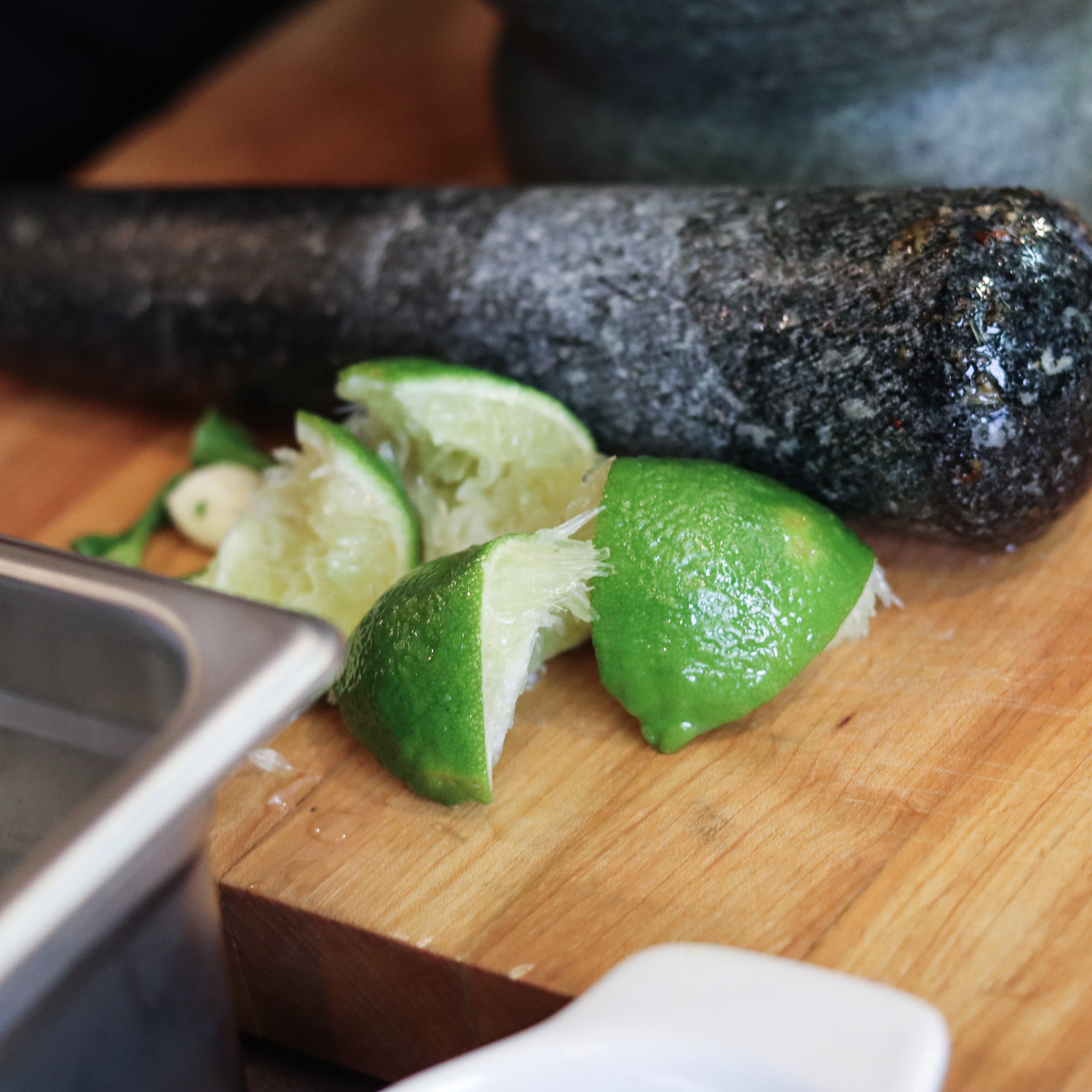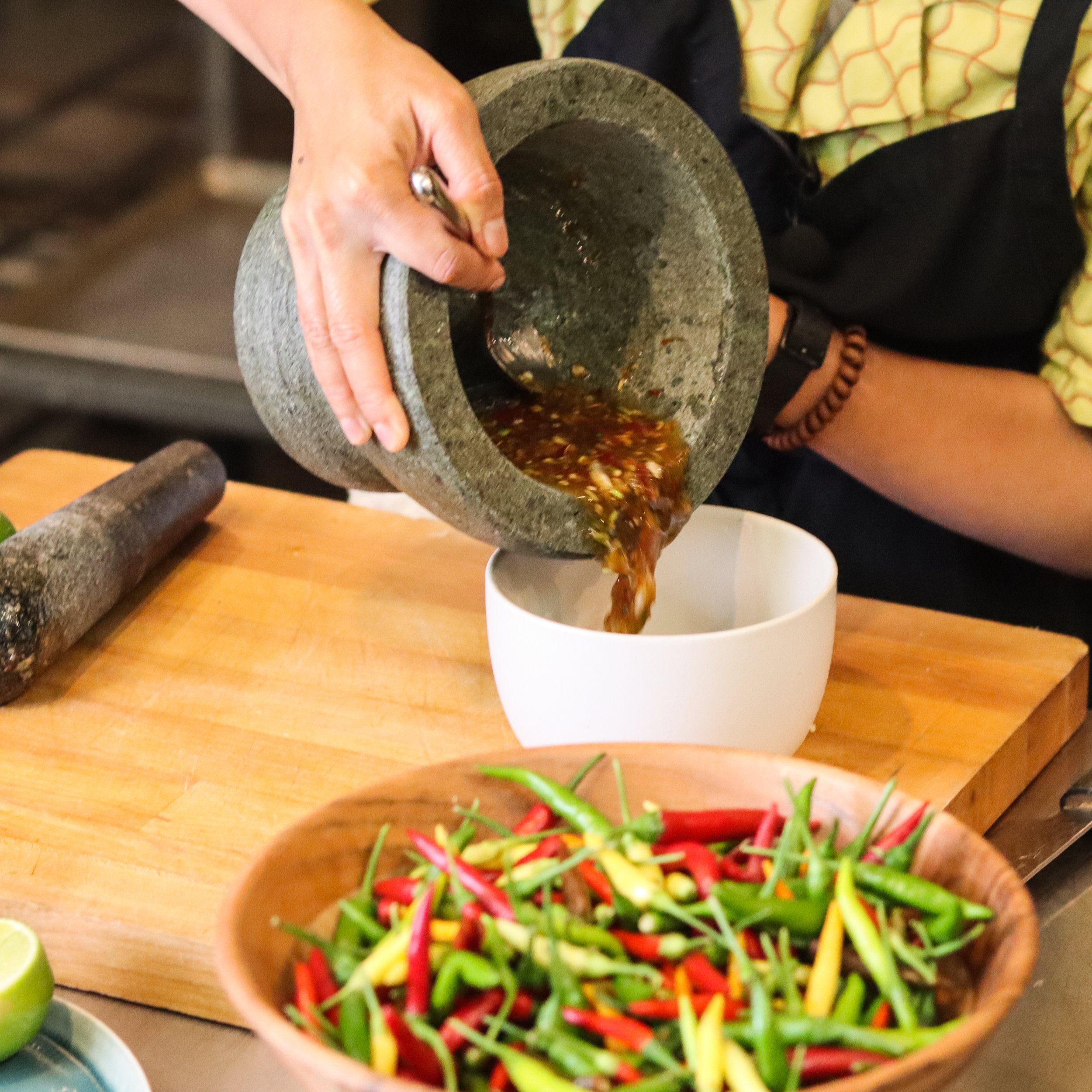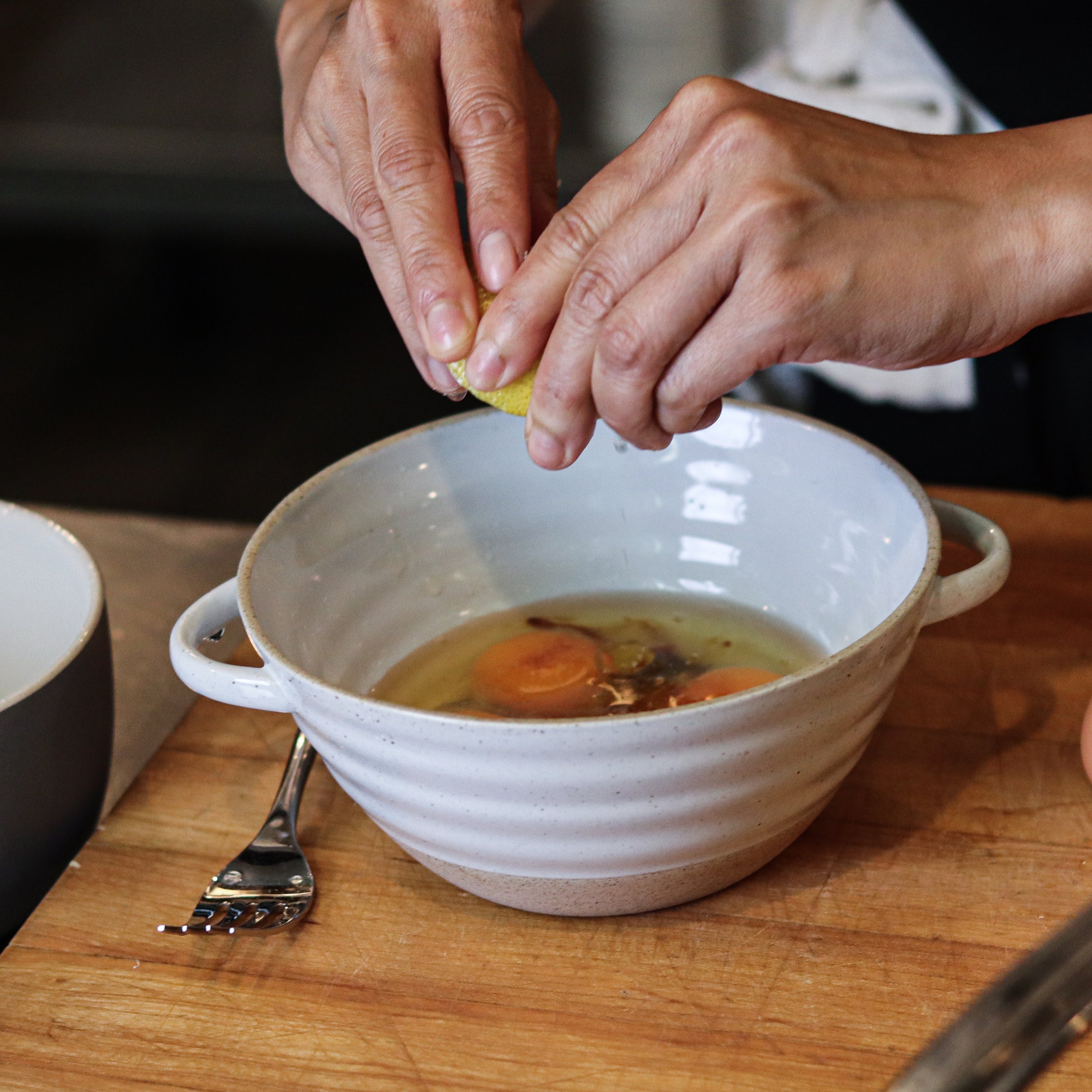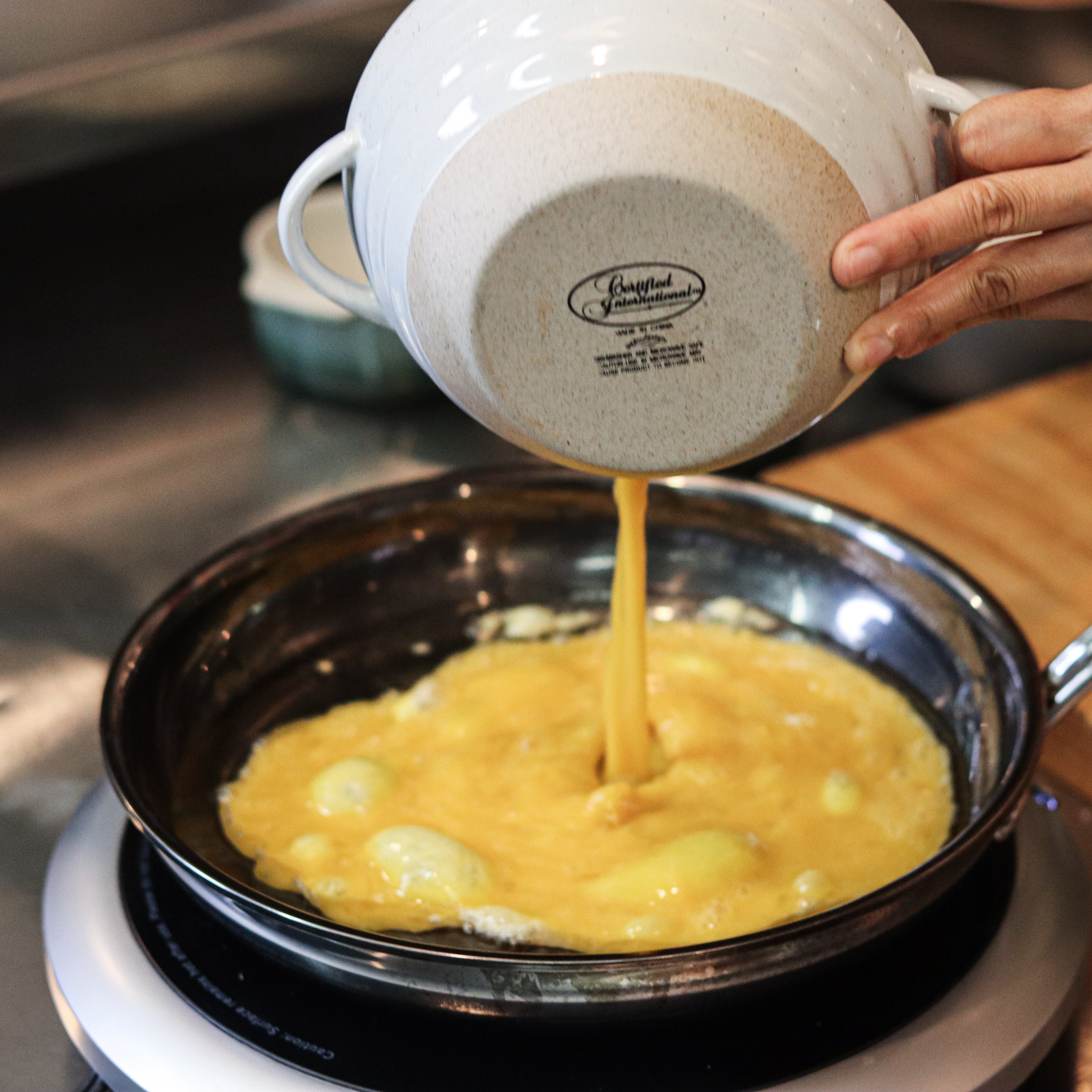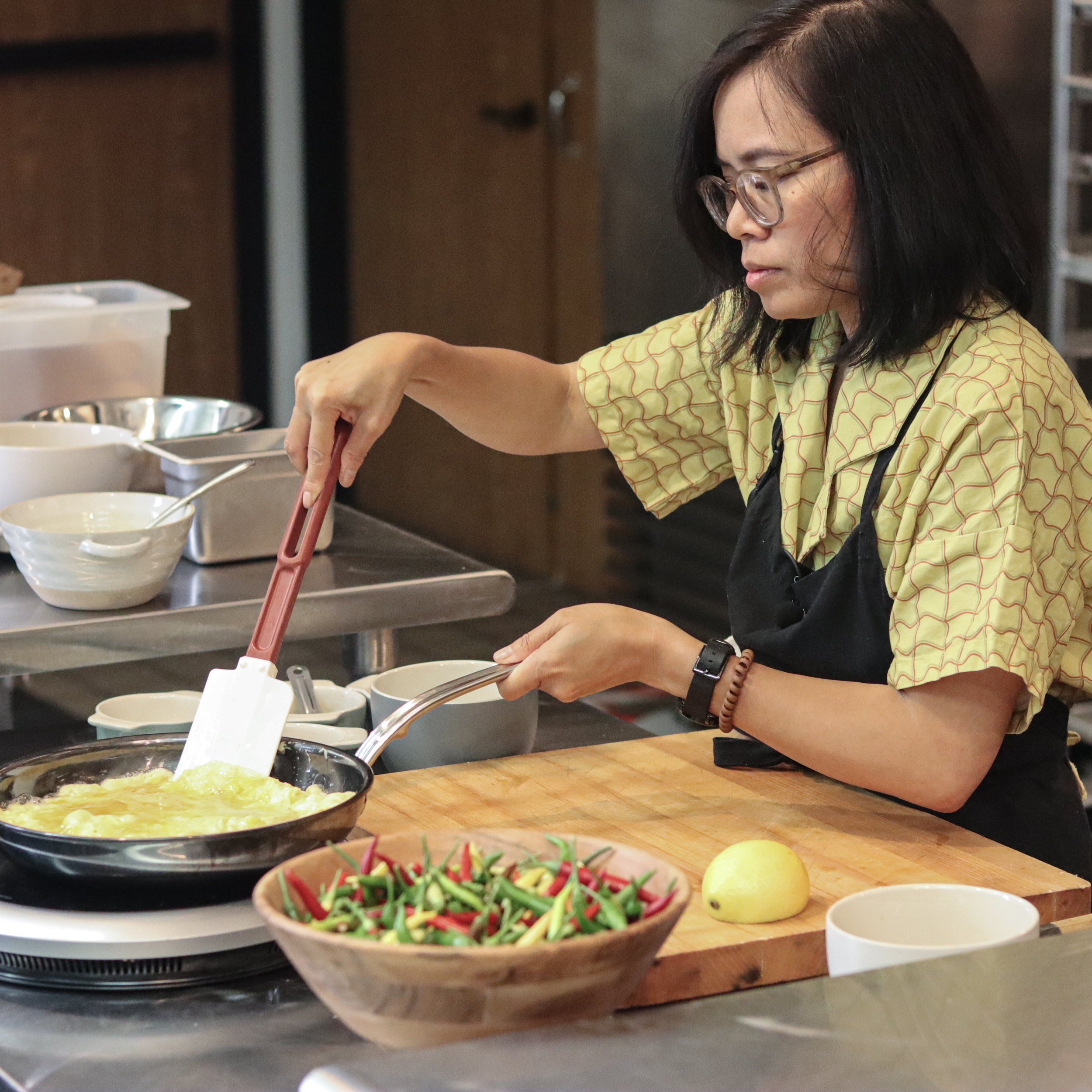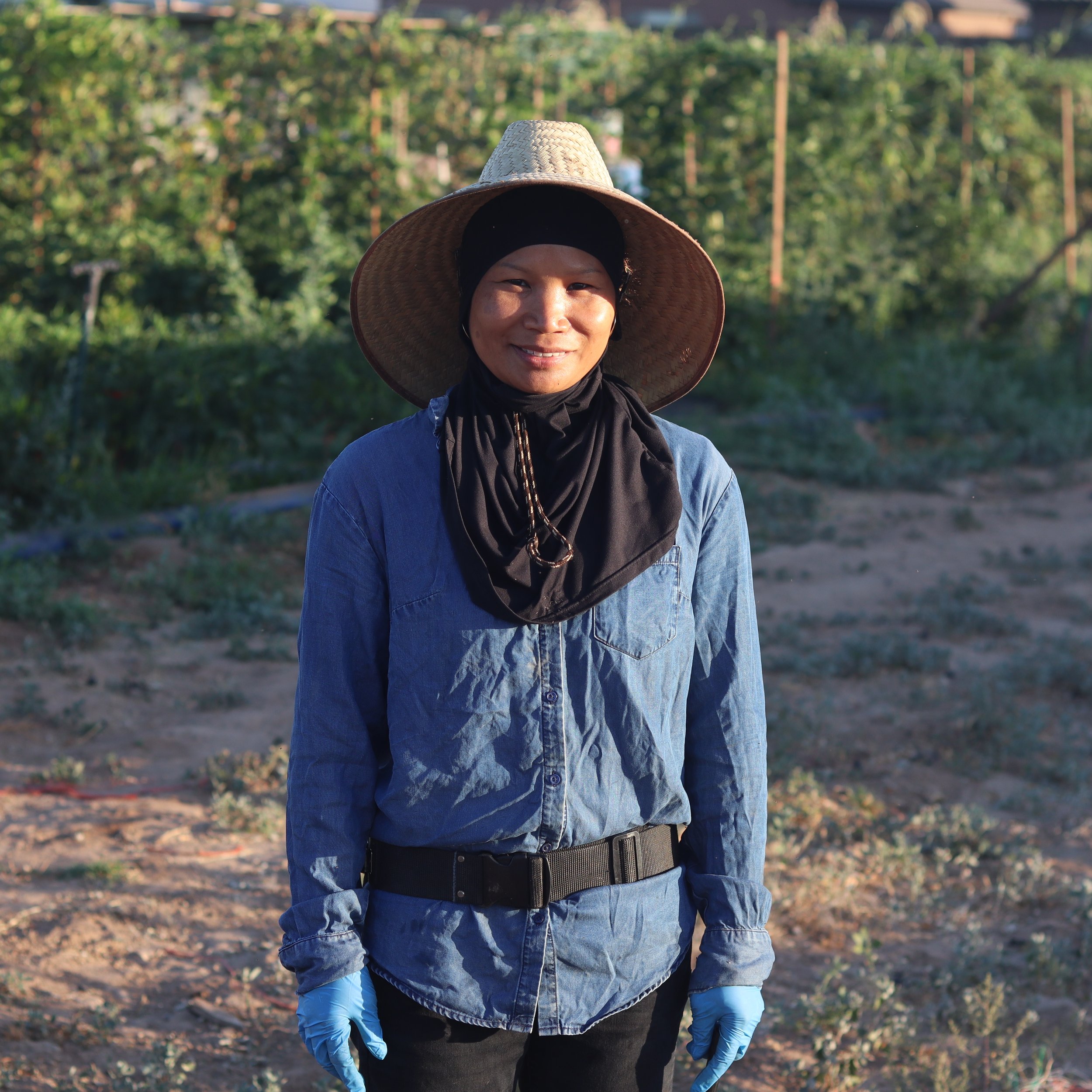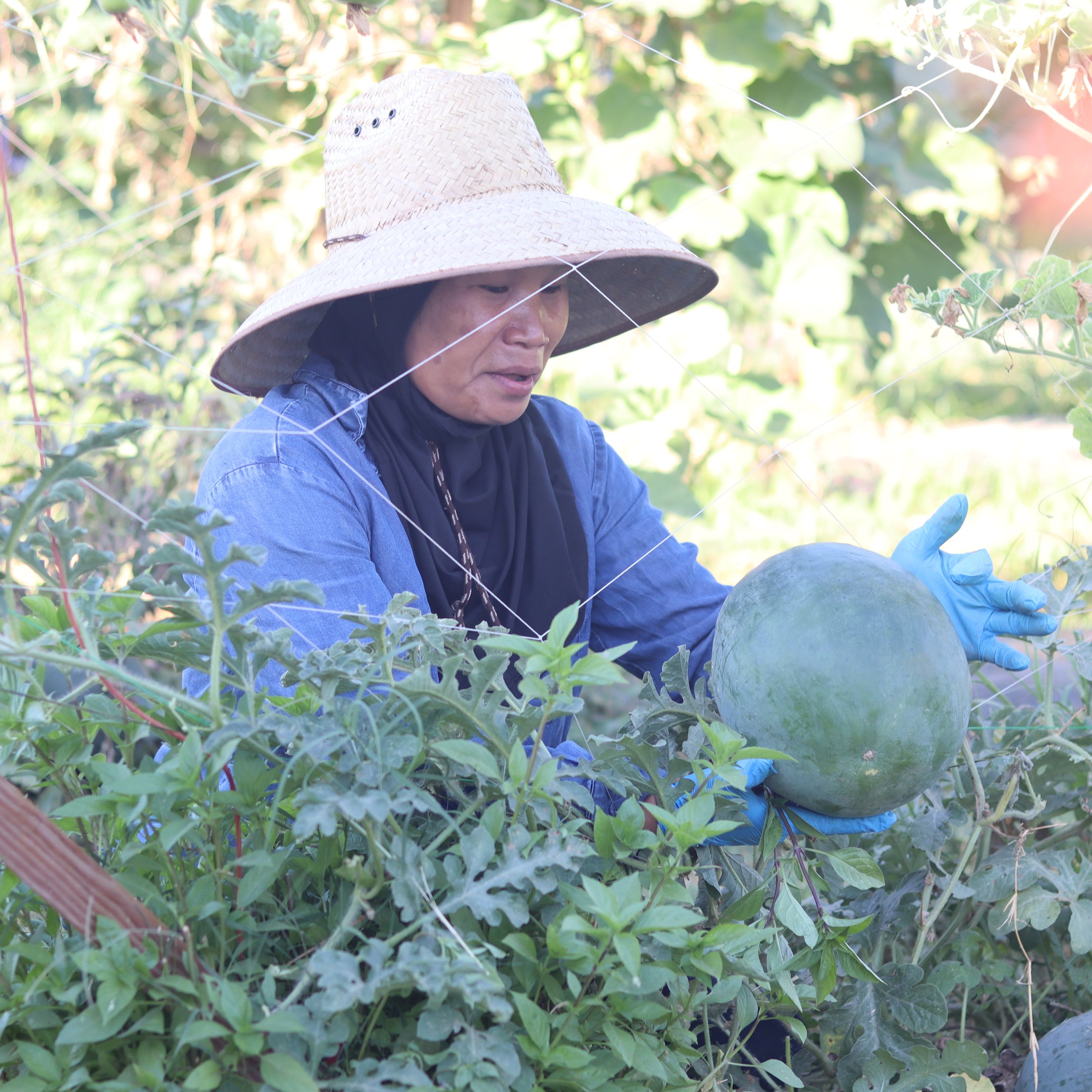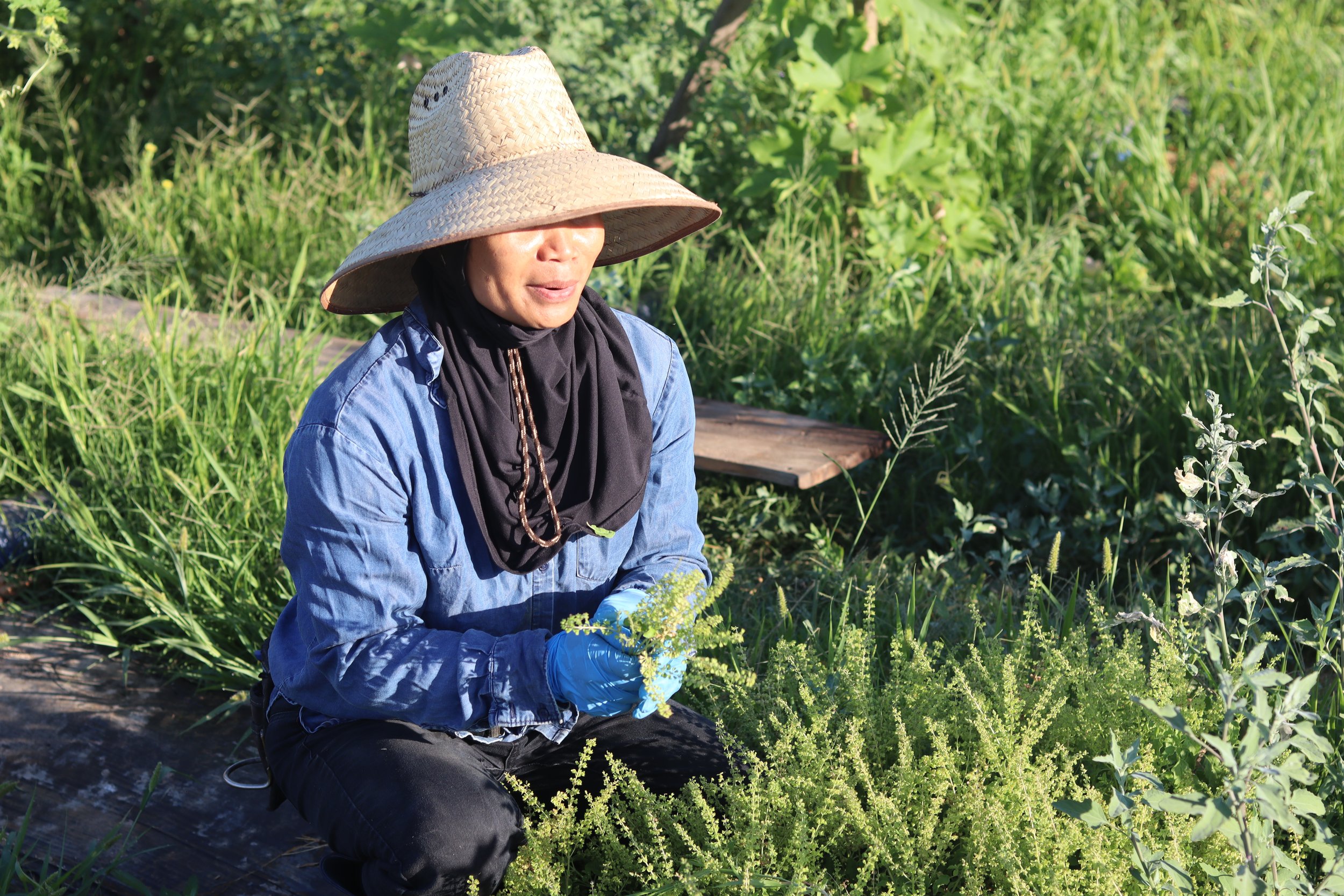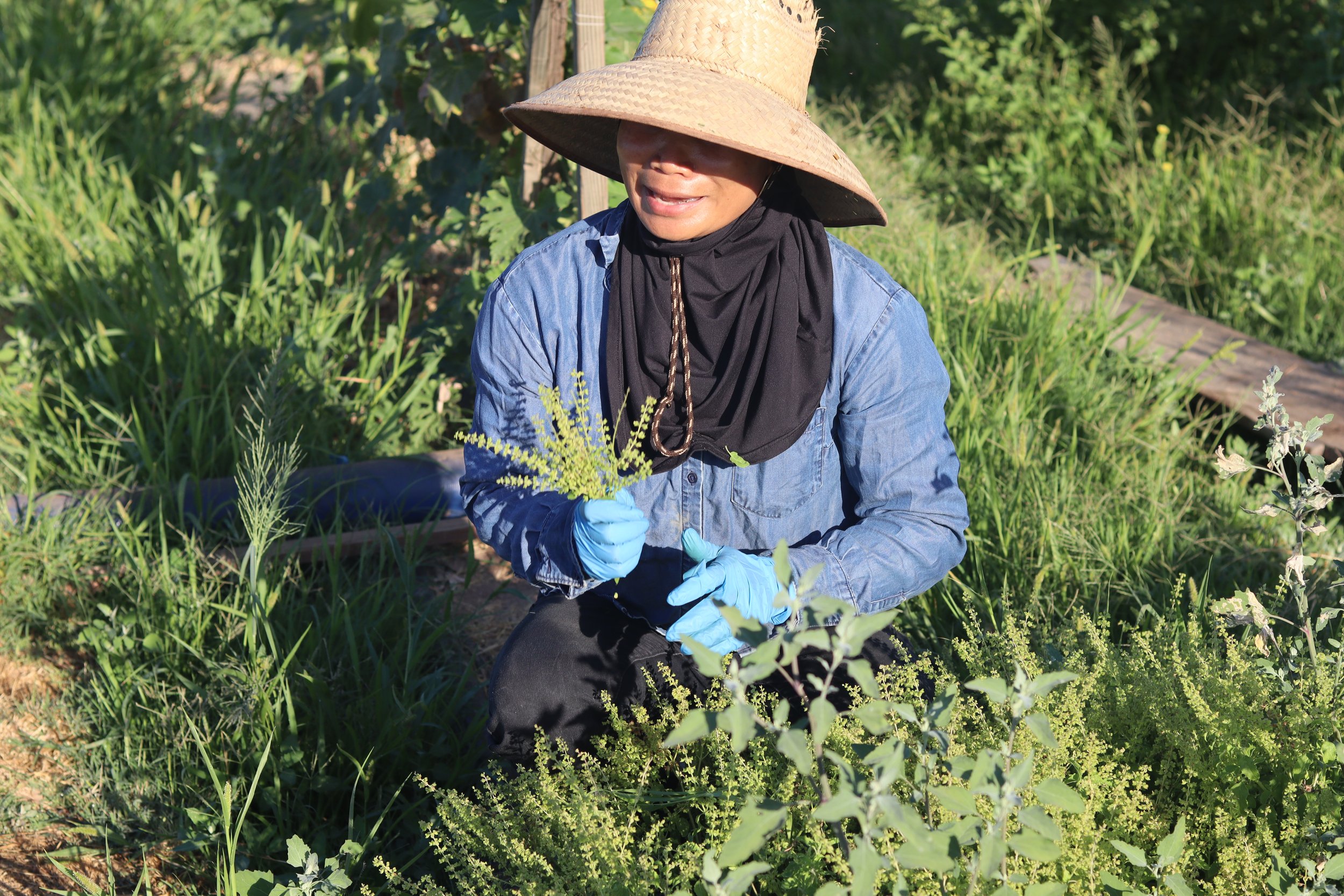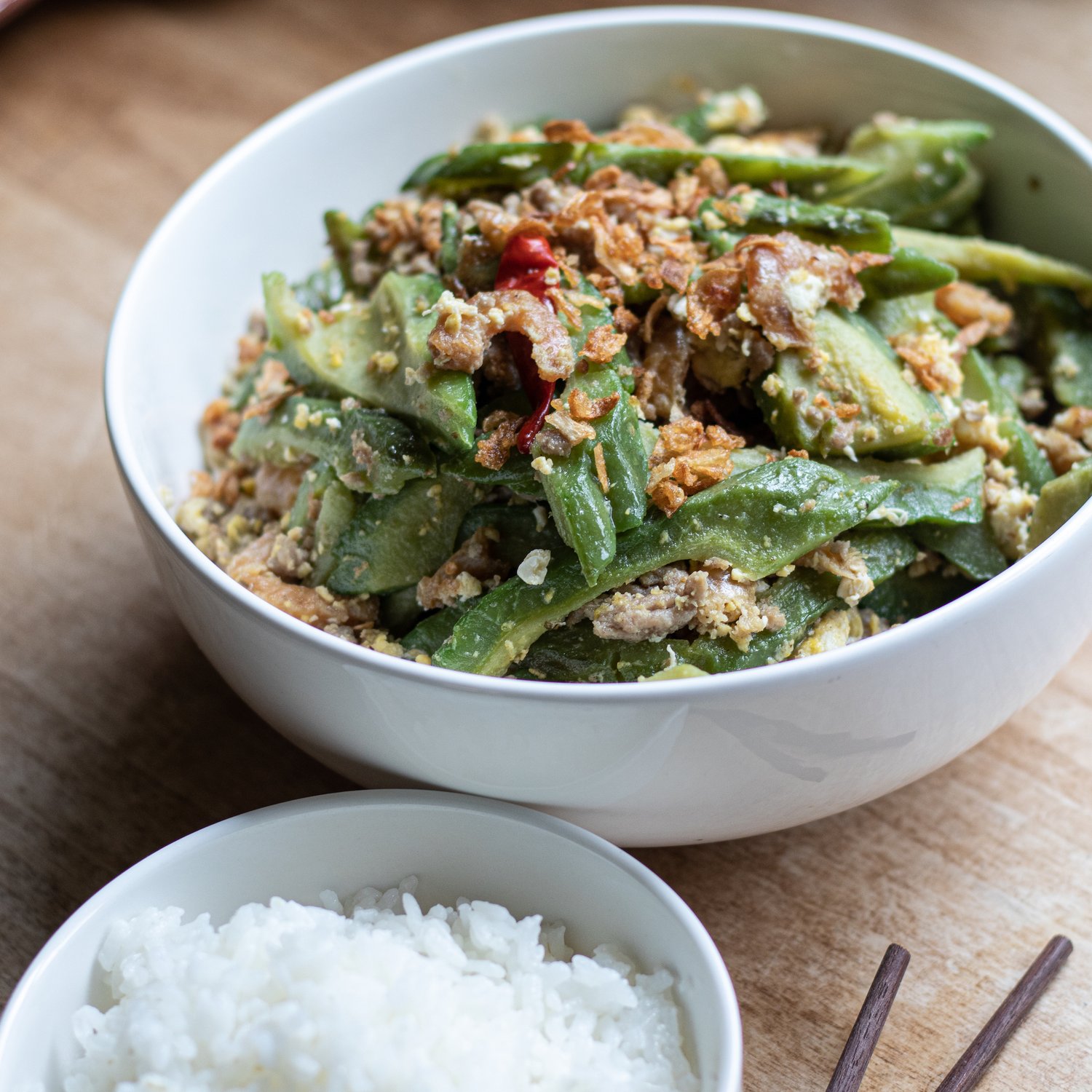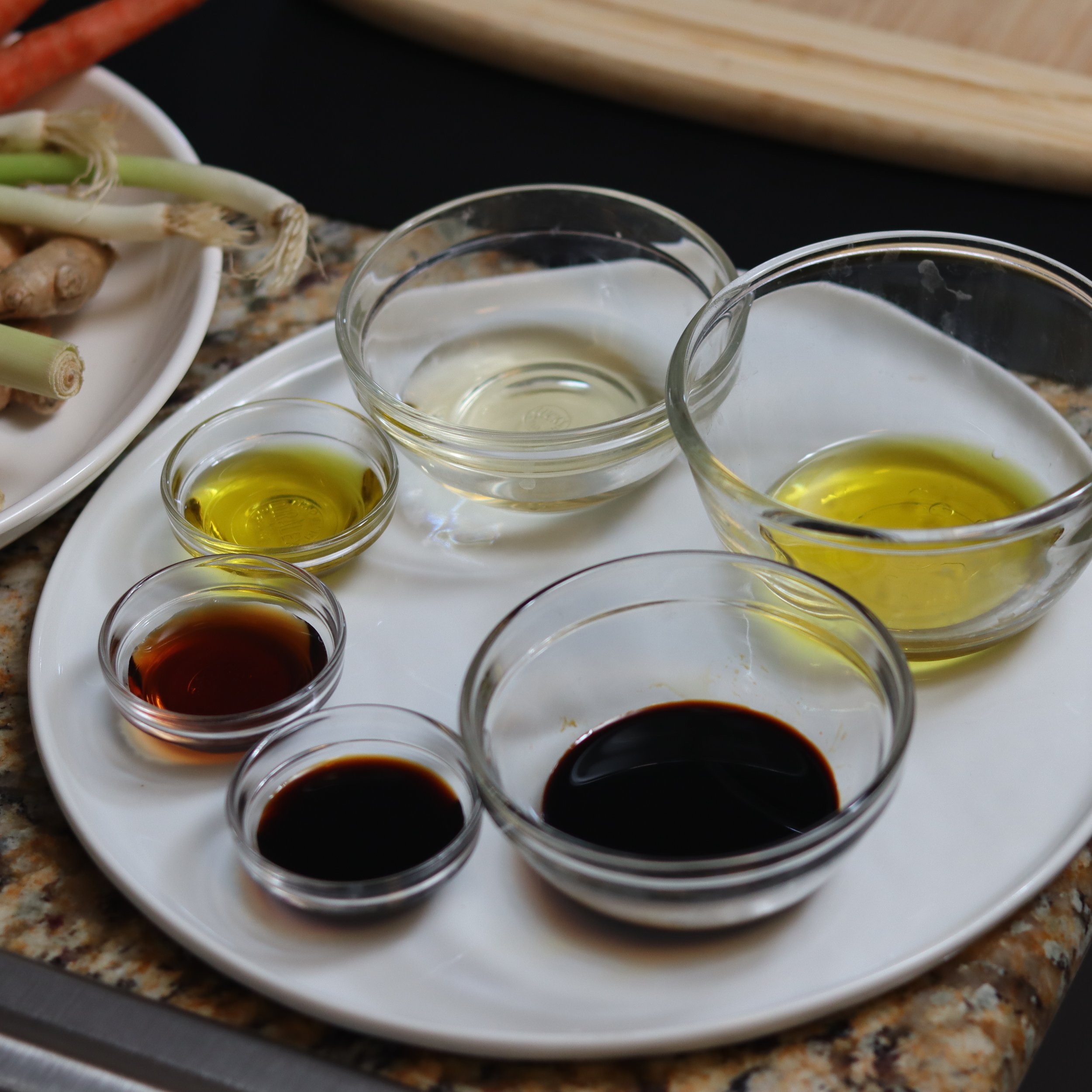
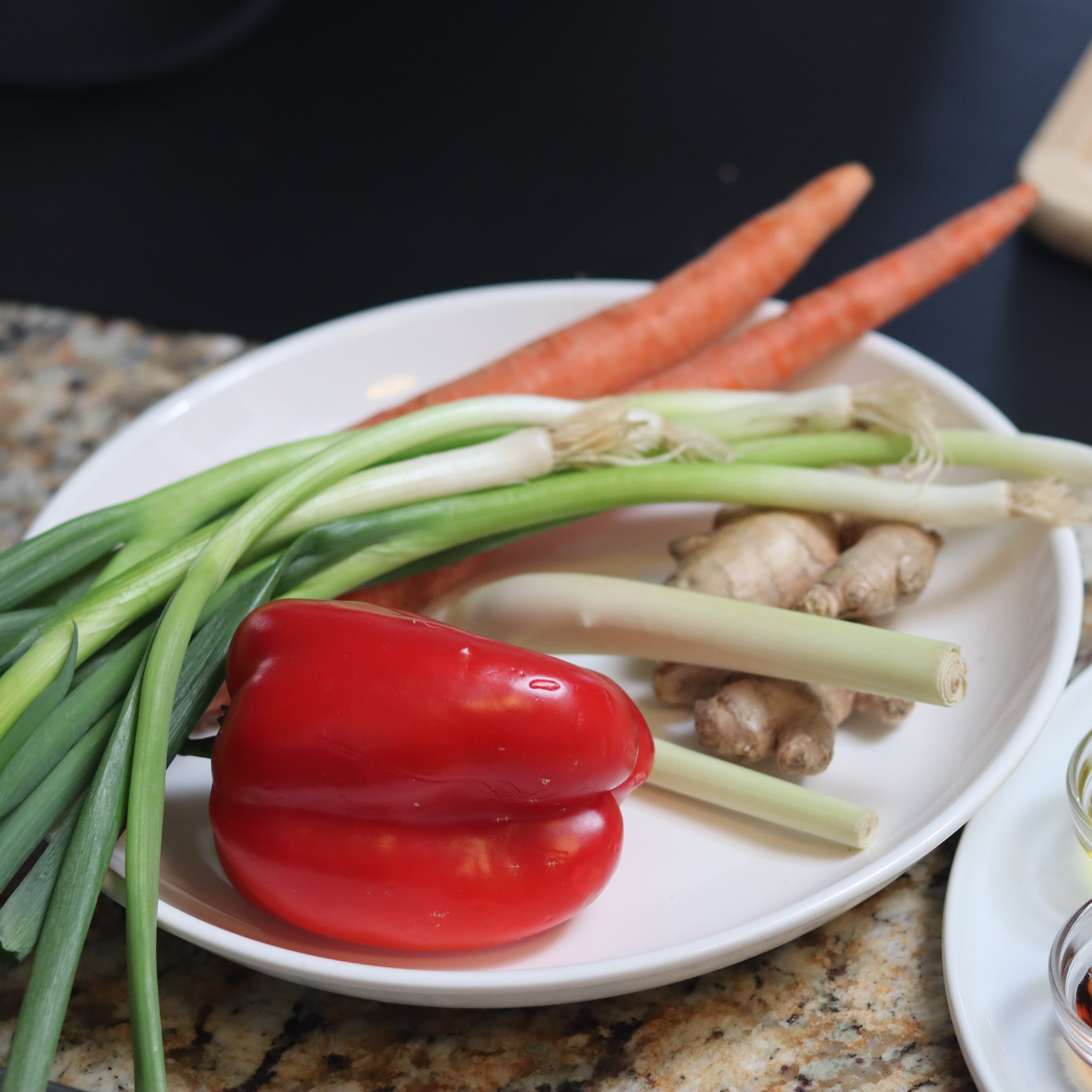
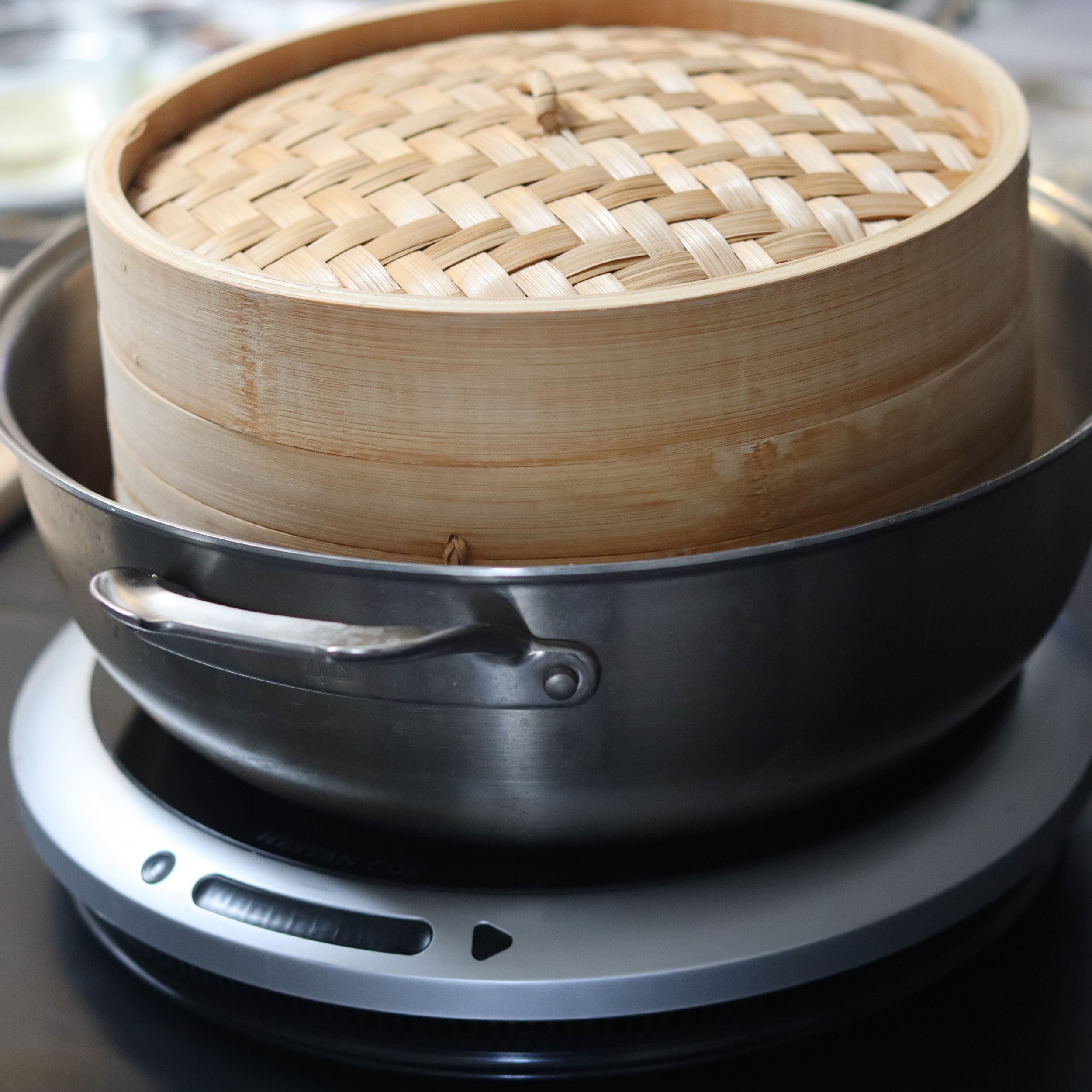
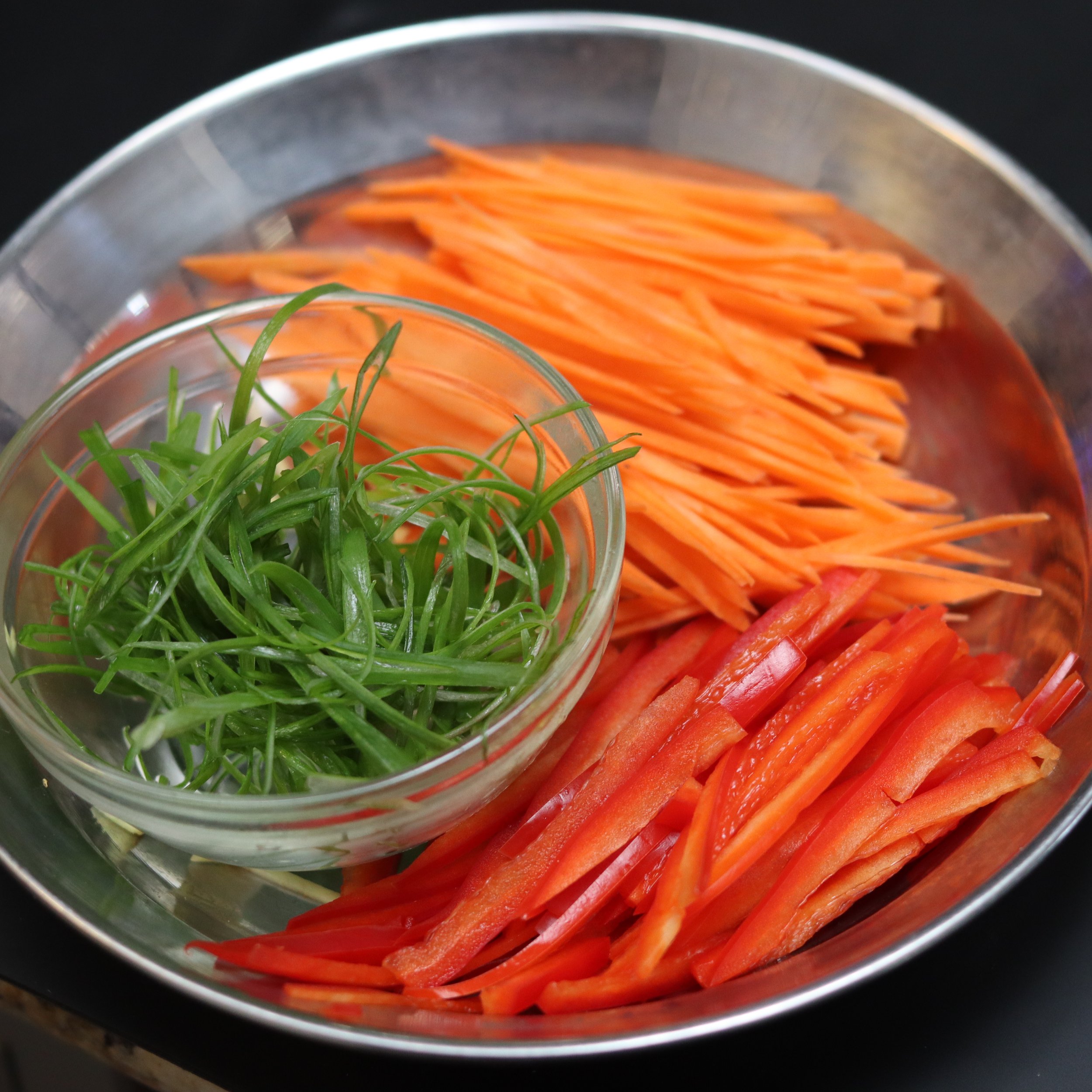
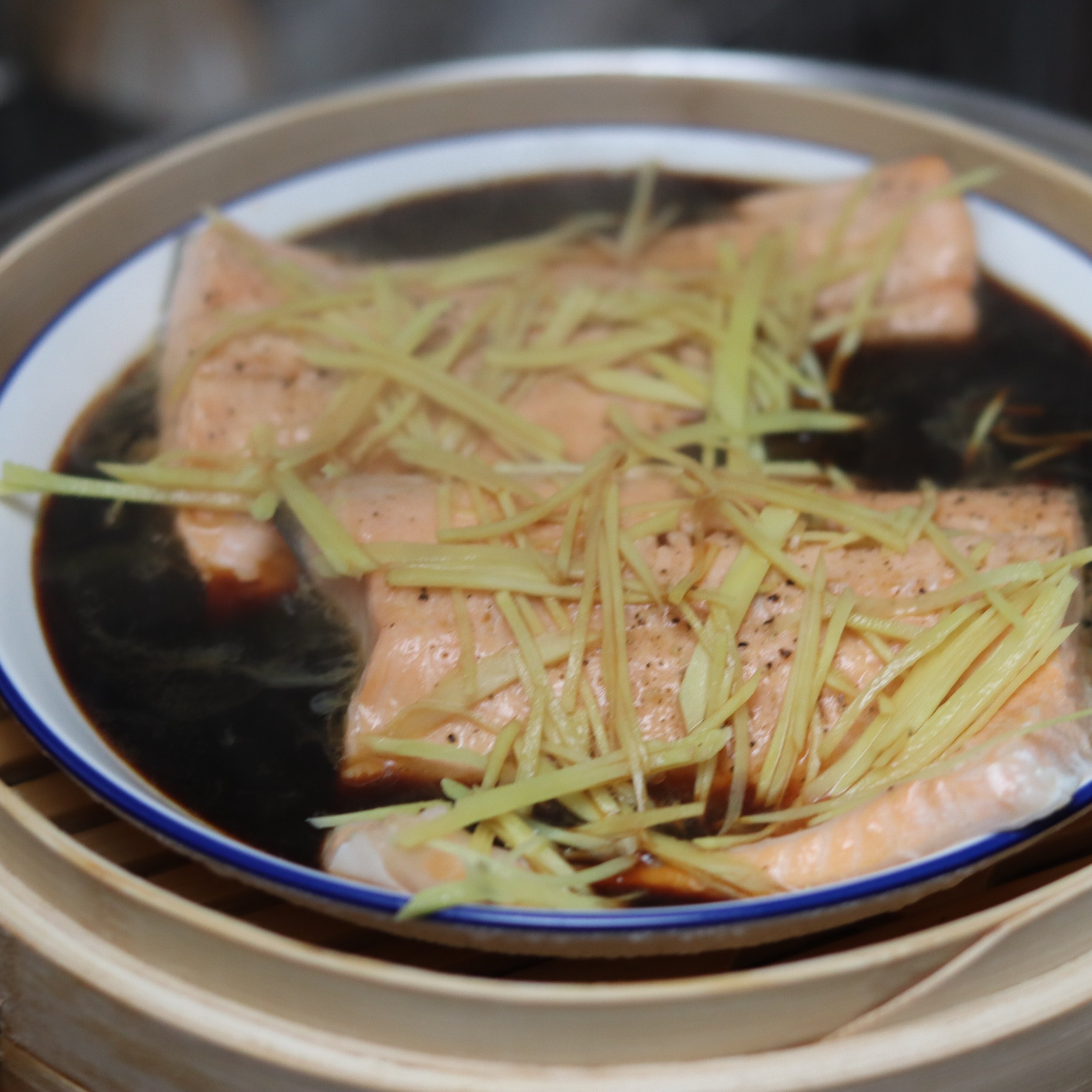

This recipe was made in partnership with
CCHP delivers high-quality, affordable healthcare through culturally competent and linguistically appropriate services to the community since 1986.

Cá Hấp Hành Gừng | Steamed Fish with Ginger & Scallion Recipe
Ingredients
Instructions
- Place the fish filets into a shallow, wide bowl.
- Season the fish filets with salt, pepper, and sesame oil on the flesh side.
- Garnish the fish filets with the sliced ginger matchsticks on the flesh side.
- In a medium mixing bowl, combine water, light soy sauce, dark soy sauce, and rice vinegar - honey is optional.
- Pour the soy sauce mixture over the fish.
- Bring the steamer/pot to a full boil.
- Place the fish into the steamer, skin side down - If you don't have a steamer, you can assemble a makeshift steamer that will work just as well. Use a large, wide and deep pan with a tight-fitting lid. Crumple a piece of foil into a coil. Then place it in the bottom of the pan. Fill the pan with 2-3 inches of water with a stalk of bruised lemongrass to perfume the steaming water.
- Steam the fish for 10 minutes. Or until the fish is flakey, a sign that the fish is cooked through.
- Remove the fish from the steamer, and make sure to protect your hands with a towel.
- Garnish the fish with sliced scallions, sliced carrots, and sliced red bell peppers.
- Heat a small saucepan with cooking oil over medium heat until it reaches 450 F. Or when small bubbles form when a wooden spoon is placed in the oil.
- Garnish the dish with hot oil.
- Serve with rice.
- Eat immediately.
Notes
Fish Health Benefits
Fish offer tons of omega-3 fatty acids and vitamins such as D and B2. Additionally, fish is a great source of minerals, such as iron, zinc, iodine, magnesium, calcium and phosphorus. And should be consumed at least once a week.
The Myth of Frozen Asian Seafood
“Many believe that seafood loses much of its nutritional benefits when frozen. However, consumers should know that there are environmental impacts that stem from the “fresh is better” perspective. However, properly preserved frozen seafood is just as equal if not better to the quality, taste, and nutrients of fresh seafood. Additionally, a fish flown from coast to coast in the U.S. has a higher carbon footprint than frozen seafood items transported via container ships from Asia.”
-Corey Peet, Co-Founder of Postelsia
Frozen Seafood is Accessible
The technology used to freeze wild-caught seafood is better than ever. It maintains fish freshness, eliminating the need to expedite fresh fish to beat spoilage. Often, fish are shipped via flight, which translates into higher energy and fuel consumption, ultimately driving up the costs of seafood in our markets. However, when fish is flashed frozen, its freshness is retained and sent via container ships. The low energy costs of such shipping methods are dollars saved for your pocket.
How to Thaw Seafood.
- Take the frozen fish packet and place it on a tray in the refrigerator.
- Allow the fish to thaw overnight in the refrigerator.
- It should take 6-8 hours to fully thaw.
- Remove fish from the package.
Note: DO NOT thaw by leaving out at room temperature. Or put under running water. It will destroy the quality of the fish.

